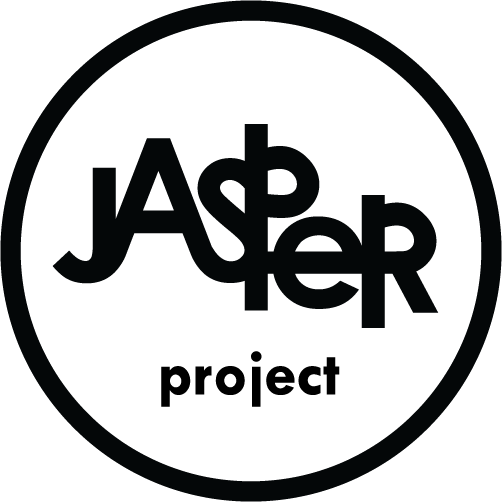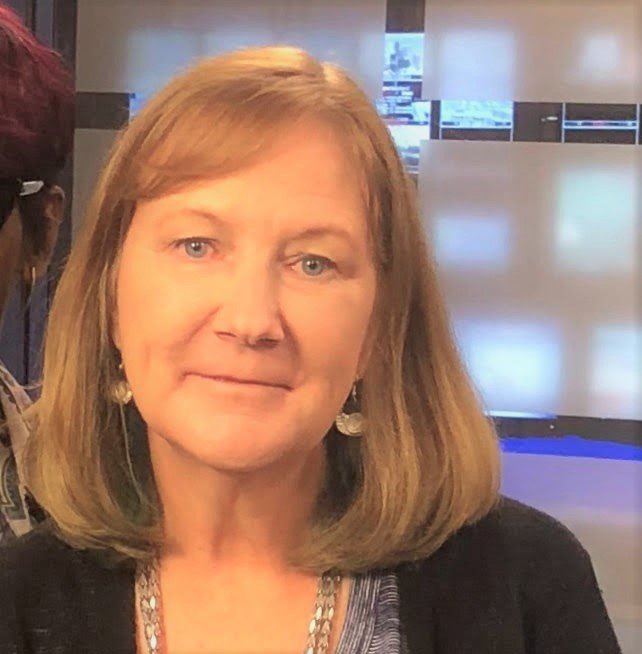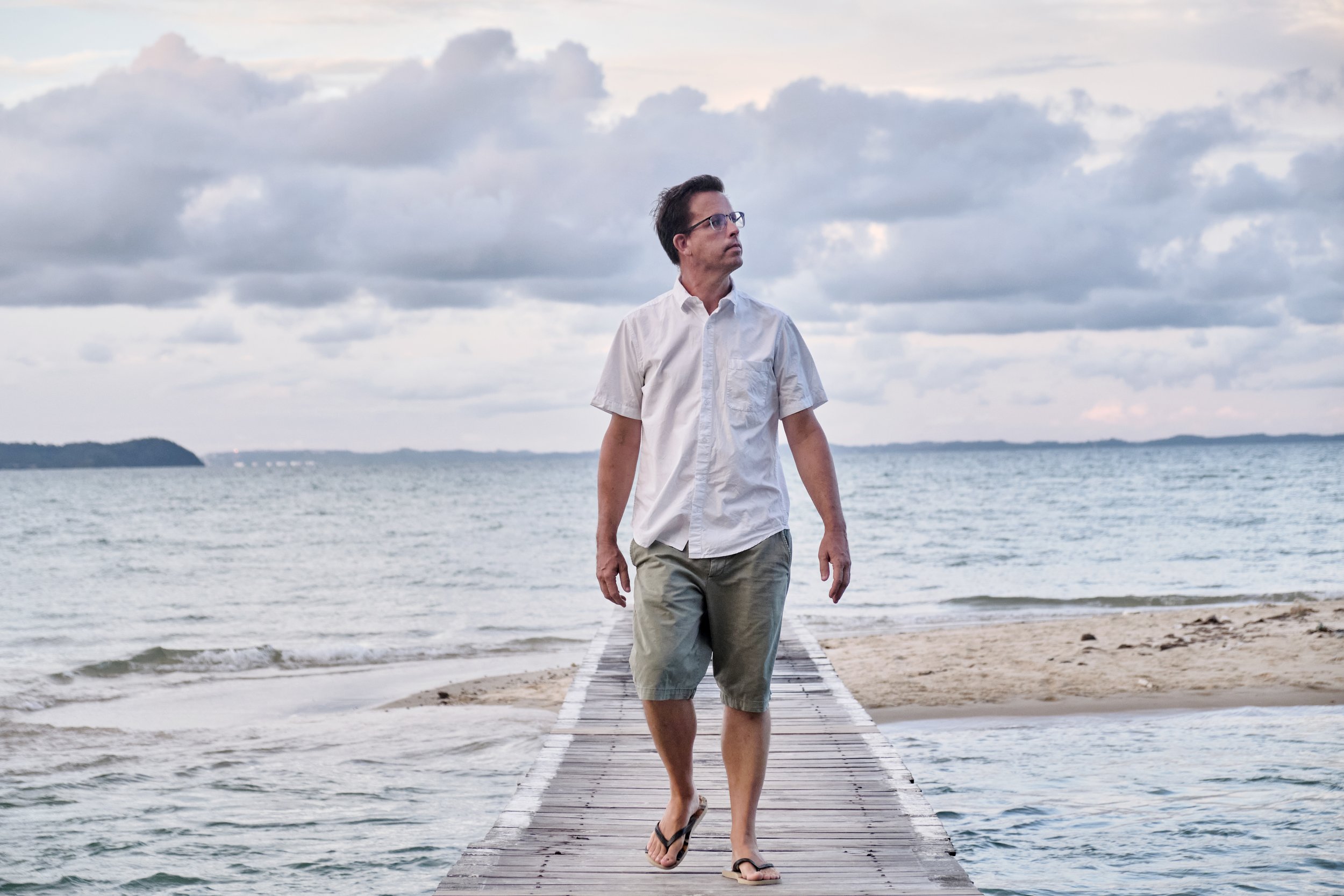I first met Carla Damron when I was working with the Richland Library and One Columbia to grow the One Book/One Community program in Columbia, SC. My personal goal for that project was to always choose a South Carolina writer for our community to read and I had lots of reasons why.
First, I believe it’s important for communities to recognize and support the truly talented among us in any way we can. But second, it’s incredibly important for us to see our friends and neighbors who accomplish major goals and be encouraged by them. Ride their mojo and use it to your own advantage!
The book we chose for our community to read, in conjunction with The State news which published the manuscript in part, was Carla’s 2016 novel, The Stone Necklace, set in Columbia, SC and published by the University of South Carolina Press’s Story River series, curated by the late Pat Conroy.
(I’m not sure what happened to the One Book/One community project since I’m not involved anymore, and neither is the Jasper Project. But, as an aside, I’d love to see it come back to Columbia and I’d love to see it adhere to the loose protocol developed by the Washington Center for the Book at the Seattle Public Library when the project was initiated in 1998. Hit me up if you’d like to work on getting this beautiful community project back up and running and are willing to work on it yourself. It’s a relatively easy project if you have a few volunteer hours in your pocket that you are willing to share.)
I’ve written about Carla Damron a number of times since we first met, and we’ve worked on projects together. She is quite a specimen of humanity in her goals and priorities, and I’m fortunate to call her my friend, writing sister, and fellow Columbian.
Today I want to direct you to two (more) outstanding contributions to our culture that Carla has so generously shared with us.
The first example is a recent essay Carla wrote on the issue of human trafficking and posted on her website. The title is “I Didn’t Realize — The Story Behind the Orchid Tattoo.” You should know that the Orchid Tattoo is the title of Carla’s upcoming novel, releasing on September 6th, 2022 from Koehler Books. This essay is linked above.
But secondly, Carla shared a piece of prose writing that I was delighted to share in the most recent issue of Fall Lines - a literary convergence. For your reading pleasure we present, “Breaking the Surface.”
Breaking the Surface
by Carla Damron
The olive green 1967 Mercury Marquis station wagon bulged with suitcases, bedding, groceries, floats, and our family. My father drove, my mother beside him, a Virginia Slim squeezed between two pink-nailed fingers. Crammed in the back seat: my teenage sister Susan, engrossed in a Nancy Drew novel, me, age nine, in the middle, and my eight-year-old satanic younger brother Freddy to my right. It felt like the drive to Surfside Beach took centuries, though really it took less than three hours. I smiled as we passed the bright blue billboard with the cartoon dolphins leaping into the air. It advertised the best store on earth, known for its pet fiddler crabs and mammoth shark’s teeth that could be purchased for less than my allowance. Every vacation to Surfside included a day at the Myrtle Beach pavilion and a visit to the beloved “Gay Dolphin.”
Freddy squirmed like the worm that he was, a bony elbow catching me in the ribs. “Quit elbowing me. Mom, Freddy’s elbowing me again,” I complained, for all the good it did me. I had a permanent concave space under the right side of my ribs.
“She’s hogging up too much space with her fat butt,” Satan said.
“Y’all behave. We’re almost there.” Mom let out a loud sigh as she flicked on the radio.
“You said that a half hour ago.” Susan peeked up from her book, eyebrows arched in criticism.
Mom tipped the ashes of her cigarette out the partly opened window. Smoke circled the inside of the car and found its way into my nose. I coughed.
“Here comes a VW,” Dad said.
I struck first, a quick-knuckled punch on my brother’s arm. “Punch buggy! No take-backs!”
“MOM!” he bellowed, as if I’d hacked him with a machete.
“Arnold, seriously?” Mom tsked Dad. “Why do you encourage them?”
I spotted Dad’s sly smile in the rearview mirror.
“I’m going swimming as soon as we get there,” I said.
“Not until we get everything unloaded. And that means all of you helping.” Mom flicked the cigarette out the car, a pale torpedo barely missing the back window.
I settled back in my seat, gaze fixed out the window, and counted speed limit signs. How many until Surfside? Twenty? A hundred? I had reached number seventeen when another smell filtered through the windows: the unmistakable odor that meant Georgetown.
“I smell an egg fart! It’s probably her!” Freddy elbowed me again.
“I wish they’d do something about the paper mills,” Mom said, like she did every time we came. I didn’t care about the stink. Because if I closed my eyes, the Sulphur odor faded, and the distinct fragrance of salt, tanning lotion, and sea air filled my mind. I almost tasted my ocean.
***
Finally, blessedly, we pulled up to the yellow wooden beach house perched on stilts. The checkerboard linoleum-floored kitchen had the basics: single sink, stove, refrigerator, and oven. Susan helped Mom unload the groceries, while Dad did the heavy lifting and Freddy and I fought over bedrooms—simple rooms, with no air conditioning, and generic paintings of seashells over white-washed dressers.
Mom tasked me with putting linens on the beds while my brother stocked the bathroom with soap, toilet paper, and towels. We both moved with lightning speed so we could scurry into our swimsuits and flip-flops and head down to the beach. Dad halted us at the screened porch.
“Nobody swims until your mom or I are ready. So plant your fannies in those chairs and wait.”
Wait. The hardest word for a kid, and one we heard many times a day. I pushed back and forth in the squeaky rocker as I stared out at sea-oats rippling above sand dunes. The quiet pounding of waves and squawk of seagulls called to me, but I had to WAIT.
Inside, voices swelled in an argument about missing extra towels. “Really, Arnold. I ask you do to ONE thing,” Mom said.
“One thing? Who loaded the wagon? Who gassed it up? Who DROVE us here?” Dad didn’t yell, but sort of laughed it out, like Mom was being ridiculous, a tone that might infuriate her and further delay hitting the beach.
Freddy and I both stopped rocking. No response from her. Good.
Finally, the rest of my family emerged, Susan in her new bikini, Mom in a black one-piece and floppy hat, and Dad in trunks and an unbuttoned shirt, with an embarrassing stripe of white stuff over his nose which was prone to sunburn. We jumped from our chairs and banged through the screen door, all a-bundle with towels, chairs, rafts, suntan lotion, playing cards, plastic buckets, and a thermos of Kool-Aid. Another container peeked out of Dad’s pocket: silver, small, and shiny, something he rarely went without.
The narrow board walk carried us over the last sand dune and I saw it: a blue-green expanse, white froth in stuttered lines across it. The sky a bold blue that stretched forever. Freddy and I dumped our belongings, kicked off our flip-flops, and dashed to the water. Susan remained with our parents, stretching herself on the blanket and slicking on suntan oil.
Waves crashed over me, surprisingly cold. At our salty feet, the undertow signaled a waning tide. It didn’t matter. Satan splashed me, and I splashed back, and we laughed and dove into a cresting wave.
When we emerged, sputtering, soaked, and sandy, Dad met us ankle-deep in water. He handed us an inflated raft. “Take turns with this one until the other one’s ready,” he said.
Take turns, he said, like sharing was remotely possible. Freddy grabbed the raft, held it over his head, and trudged out to where the waves were breaking. When a big one surged, he hurled himself on top of the canvas float and rode it to shore like a cowboy on a bucking stallion. “YEEESSSS!” he yelled, as he climbed off.
“My turn,” I said.
“In a minute!” He sneered at me and hurried back to where the waves were cresting, no easy feat with the smaller waves slapping against him.
Another spectacular ride, and my jealousy erupted. When would I get a turn? When Dad finished blowing up the other raft? I glanced at the beach to find him engrossed in a card game with Susan, as though my uninflated float had no importance AT ALL.
“MY TURN!” I bellowed.
Freddy wagged the float at me, and I would have jumped on his head and dunked him if he’d been close enough.
His third ride was a letdown, a smallish wave that fizzled a few feet from where he started. He stood up and shook sand from his swim trunks.
“Ha!” I laughed at him.
He tossed the raft at me. “See if you can do better.”
I would do better. I tugged the raft out beyond the foamy sea caps, determined to find the biggest, most powerful wave which I’d ride like a rodeo champion. As the first few rolled under me, I looked further out, and saw it. A giant, magnificent wave rolling in.
I hopped aboard the raft and paddled as hard as I could, hoping to be just ahead of where it broke. I timed it perfectly. It peaked, white froth exploding against the backs of my legs.
The raft took off like a Thoroughbred. I held on with all my might, holding my breath against the salty water splashing my face. Maybe my family watched this courageous ride, but I all I saw was the roiling foam.
My mount betrayed me. The raft swiveled, the back end pushing forward so that I was lying parallel to the wave. I stroked against the current, desperate to straighten, but it flipped over.
The force of the water pulled me under. I had no air in my lungs. My feet felt for the bottom, but instead felt the unmistakable tug of undertow pulling me out to sea.
I sank as low as I could, touched sand, and pushed, my hands pointed above me. For just a second, my face felt air and I sucked in a deep, frantic breath before another wave pounded me down.
Underwater again, I did my best to swim in what I hoped was the direction of shore. The undertow was a hungry force. My arms and legs ached against its power, but I kept on. When I bobbed up for another gulp of air, another wave knocked me under. And once again, I swam.
When I surfaced again, I saw the shore. Almost there, but not quite, and I felt so tired. A hand gripped my arm. I almost fought it, but I had no fight left in me, and the hand pulled and guided me until I stood on sand, safe, chest-deep in water.
“The float came in without you,” Freddy said, releasing my arm.
I nodded, unable to speak, as my air-deprived lungs sucked in breath.
On the blanket on the beach, my mom thumbed through a magazine. My sister dealt cards to Dad, who sipped from his little container.
“Maybe we should go up?” Freddy asked.
I shook my head. I trudged through the water to the shallowest part and dropped, my heels sinking into the wet sand. My brother sat beside me. The abandoned raft rested on the beach behind us. Three pelicans flew by, skimming the surface of the water.
“Hey, look!” Freddy said.
I tried to see what he was pointing to in the endless green water. It was less friendly than before. “What?”
“Wait just a second. There!” He grabbed my hand and aimed it towards the descending sun.
Two gray lumps emerged, breaching the surface and arcing high above the water before submerging again. Two dolphin.
“Whoa,” I whispered, not wanting to my voice to scare them away. They erupted twice more, magic silver beings in a synchronized water ballet, before vanishing into the horizon.
“Have you ever seen anything more beautiful?” I asked.
Freddy didn’t answer.
Voices cut through the sea air from behind us: an argument between Mom and Dad about dinner arrangements. I let the pounding of the waves drown them out. For the next six days, I had the sand, my ocean, and one of two inflated rafts.
I would keep steady vigil, in case the dolphins came back.
~~~~~
Carla Damron is a social worker, advocate, and author of the novel The Stone Necklace, the recipient of the 2017 WFWA Star Award for Best Novel. Damron also authored the Caleb Knowles mysteries as well as numerous essays, and short stories. Damron’s careers of social worker and writer are hopelessly intertwined; all of her novels explore social justice. Currently Damron volunteers with Mutual Aid Midlands, League of Women Voters, and is the president of a local Sisters-in-Crime chapter. She works for Communities in Schools and Rutgers University.






































